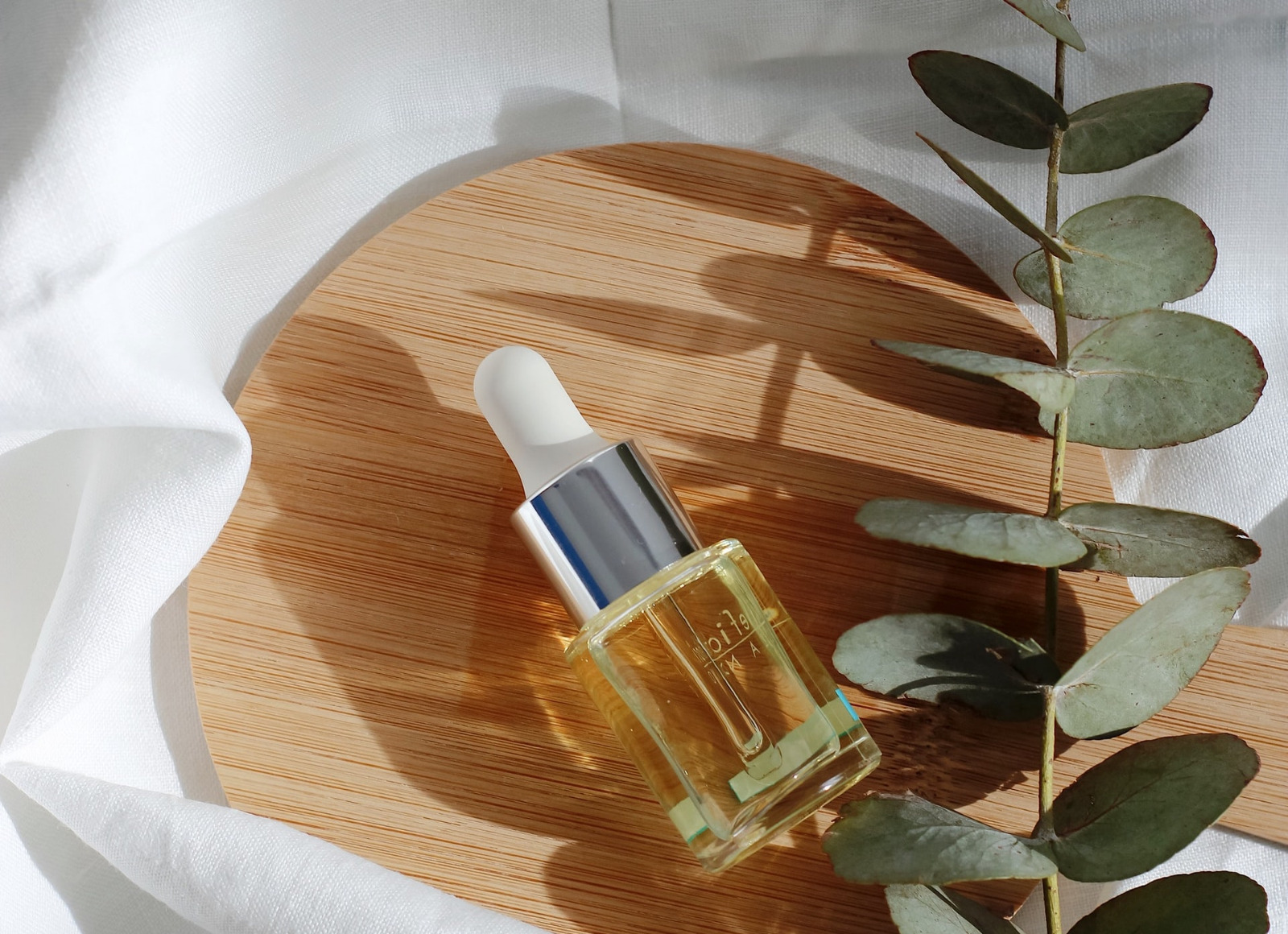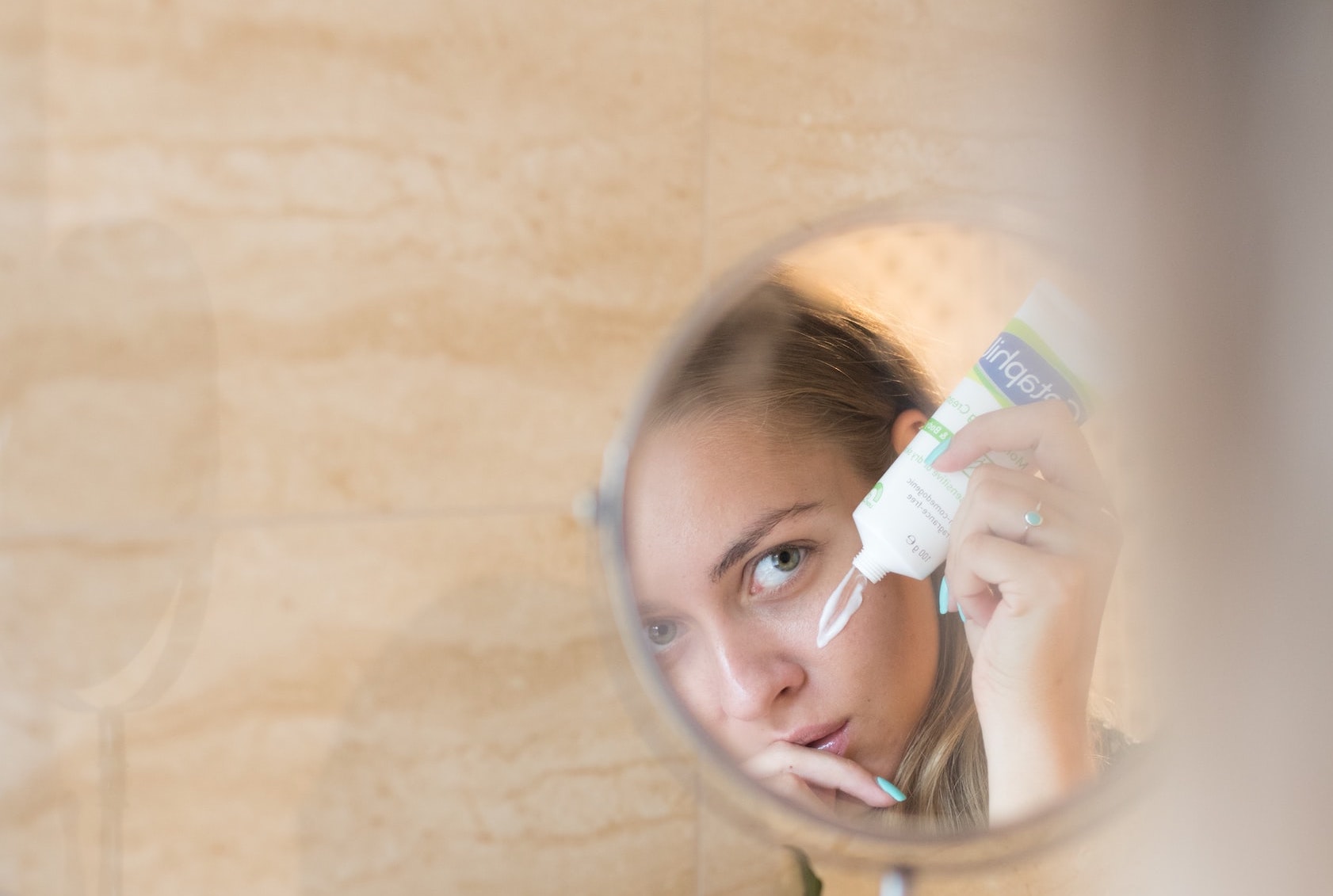BACKGROUND
Hexyl Salicylate (CAS/EC No. 6259-76-3/228-408-6) with the chemical name “hexyl 2- hydroxybenzoate” was not regulated under the Cosmetic Regulation (EC) No. 1223/2009. This ingredient has a sweet, floral and fruity odour and is used as a fragrance in cosmetic products and in other consumer goods such as household cleaning products, detergents and air care products.
In March 2022, the ECHA’s European Risk Assessment Committee (RAC) issued an opinion recommending Hexyl Salicylate to be classified as ‘Toxic for Reproduction Category 2’ and ‘Skin Sensitizer Category 1’ based on the results of a Local Lymph Node Assay (LLNA) and ‘read across’ from the structural analogue Methyl Salicylate and the metabolite Salicylic Acid, respectively.
Hexyl Salicylate is an ester of 1-hexanol and Salicylic Acid, with the latter being its main metabolite. The safety of Salicylic Acid has been previously evaluated by SCCNFP in 2002 and SCCS in 2018 and the SCCS is currently re-evaluating its safety in view of endocrine disrupting concerns. The scientific committee has concluded on the safety of Methyl Salicylate in 2021.
Following the RAC opinion, it is expected that the Commission will propose classifying Hexyl Salicylate accordingly under the CLP Regulation Annex VI. In December 2022, industry stakeholders submitted a dossier to support the safe use of Hexyl Salicylate under specific concentration limits for various product types. The Commission requested the SCCS to carry out a safety assessment on Hexyl Salicylate in view of the information provided.
WHAT’S NEW?
In light of the information provided and taking into consideration the concerns related to potential endocrine disrupting properties, the SCCS concluded that Hexyl Salicylate is safe when used up to the maximum concentrations provided:
- Hydroalcoholic-based fragrances – 2% (w/w)
- All Rinse-off products – 0.5% (w/w)
- All Leave on products – 0.3% (w/w)
- Oral care (toothpaste and mouthwash) – 0.001% (w/w)
The assessment did not cover the impact of Hexyl Salicylate for the environment.
These conclusions are aligned with the ones presented in the previous opinion on 26 October 2023. The dermal exposure in children and the differences between age categories in some exposure parameters was not subject to evaluation. However, the SCCS noted that the margin of safety (MoS) for adults is significantly high, well above 100. Therefore, the MoS for children aged 3 to 10 is also expected to exceed 100, especially when factoring in the types of products commonly used by children within this age range.
References:
Scientific Committee on Consumer Safety (SCCS) – Scientific Opinion on Hexyl Salicylate (CAS/EC No. 6259-76-3/228-408-6), preliminary version of 26 October 2023, final version of 28 February 2024, SCCS/1658/23







